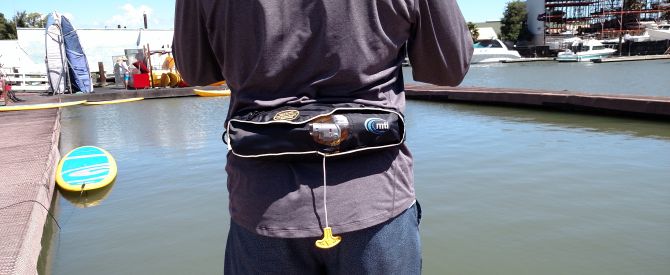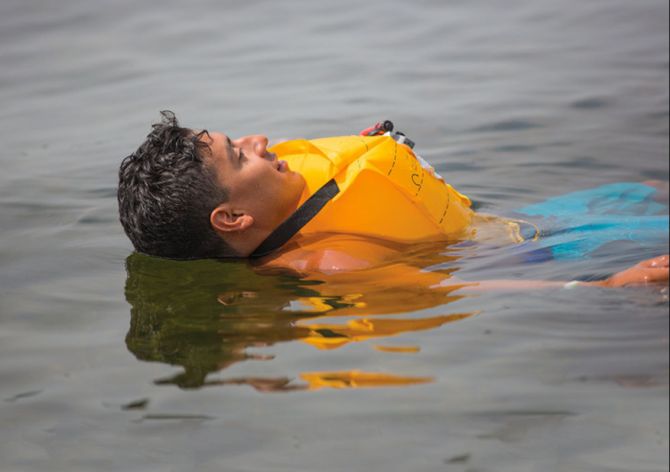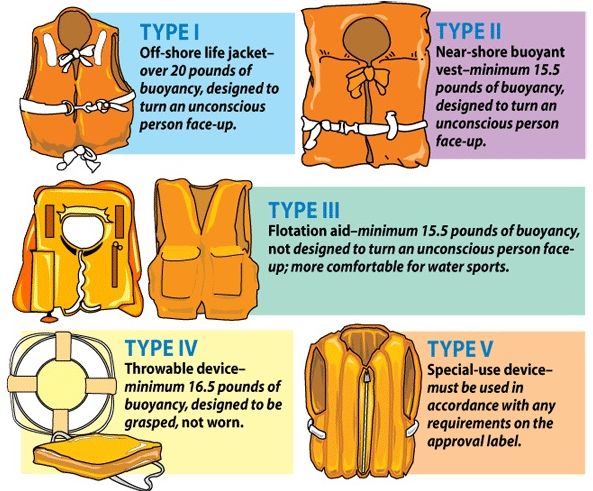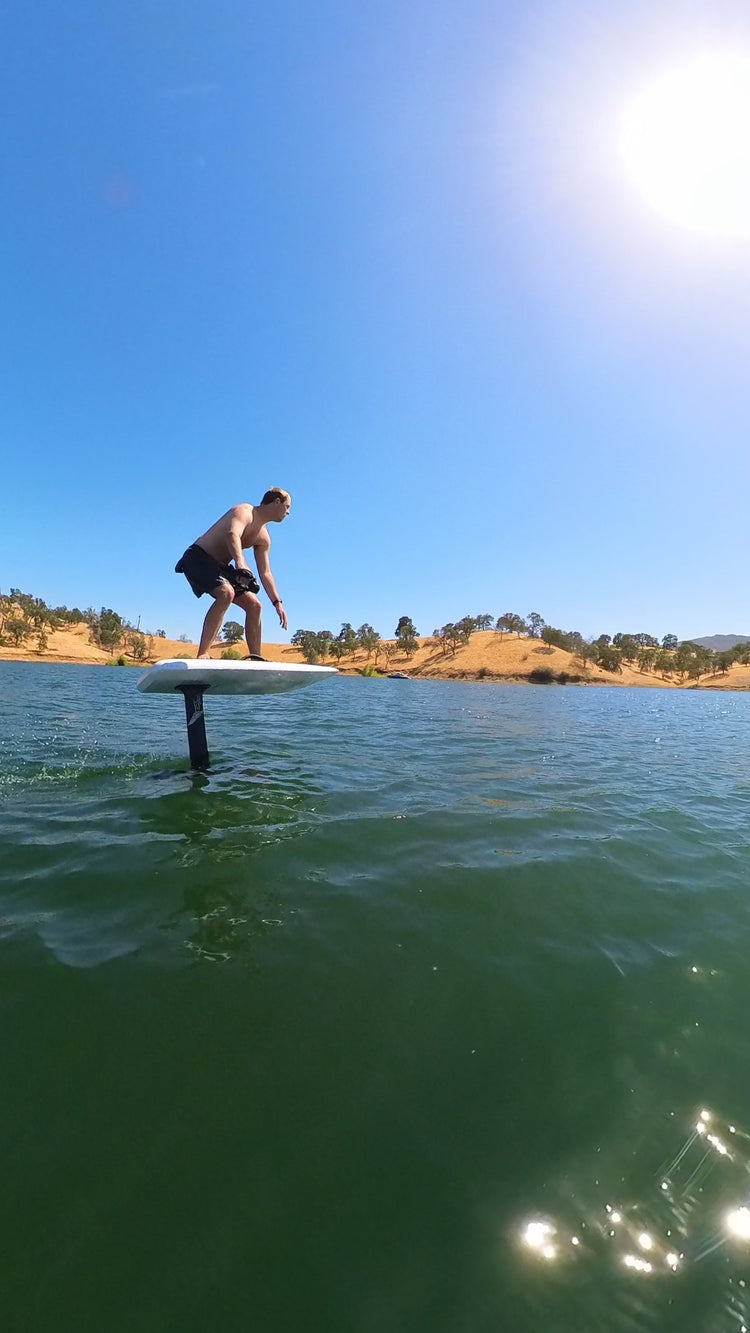

Waistbelt mounted inflatable life jackets or personal flotation devices (PFD's) have become increasingly popular in recent years in paddlesports. However with out proper maintenance it may not work when you need it.
Federal Boating regulations require that you have a Type 3 life jacket with you when you are on any type of paddlecraft when not in the surf zone. The unobtrusive nature of the inflatable belt pack PFD makes it a great choice for the active paddler, but that unobtrusiveness means that it can be easily overlooked as a vital piece of safety equipment that really could help save your life. Knowing how to operate and take good care of your inflatable PFD may avoid a tragedy and could help you save some dollars too!
There is typically no inherent buoyancy in an inflatable PFD so they are not recommended for non-swimmers or weak swimmers. Users of inflatable PFD's must be at least 16 years old. Because there is no inherent buoyancy you are entirely reliant on the PFD's inflation system functioning when you need it.
For the PFD to function as designed:
- the inflation system needs to be armed
- the wearer needs to know how to operate it
- the wearer needs to know how to don and then tie-off the inflated lifejacket
- the bladder needs to hold air
While life jackets are critical we also stress to all paddleboarders that a leash is also just as important. You should also always be carrying a whistle in order to cover all your bases.
Inflatable like jackets are sold with a CO2 cylinder. The size of the CO2 cylinder depends on the design and volume of the bladder. Smaller volume (16 gram cartridges) life jackets are designed like a pillow and worn on your belly and these require a 16g cylinder. Larger life jackets with bladders that are designed to be put over your head once inflated require a 24 gram cylinder. Larger riders should consider a bigger volume 33 gram PFD.
Be sure to ARM THE SYSTEM by screwing in the cylinder as described in the PFD manufacturer's Owners Manual supplied with the PFD. If you are in any doubt as to how do this, be sure to ask your retailer to show you.
A replacement cylinder is typically just a few dollars and so it is well worth the expense to do a test activation of the inflation system to familiarize yourself with what will happen when you pull the tab and how to don the bladder of the larger 24 & 33 gram style PFD's. It should be noted that while many of us wear the belt pack with the pouch of the PFD in the small of our backs, the pouch MUST be positioned in the center front position BEFORE being activated. Activating the PFD with the pouch behind you could result in you being unable to float on your back and even worse being held face down. We recommend you replace your cartridge every 2-3 years whether you think it needs it or not. We've included a video that shows some proper techniques for using and maintaining your PFD.

To avoid the expense of a replacement CO2 cylinder you can use the oral inflation tube to familiarize yourself with how to don the PFD, how it feels in the water when inflated and how to deflate the system. Practice a deep-water self-recovery with your board or kayak wearing the inflated PFD. You may find that the technique you would typically use to climb back on your board or kayak is not so easy with a fully inflated PFD and your technique may need some modification to make it successful.
The other reason to use the oral inflator is to regularly test the bladder of the PFD for leaks. Carefully rinsing inside the pouch of the PFD with freshwater after each use should remove most salt, sand or grit but once in a while (every two months) open up the pouch and orally inflate the bladder and leave it inflated for sufficient time (overnight) to check for slow leaks.

Periodically check the condition of the threaded fitting of the CO2 cylinder to the arming mechanism. Replace the CO2 cylinder if there is excessive corrosion. Note there is usually a green or red indicator that alerts you only if the the pull cord has been tugged. This DOES NOT guarantee the cartridge is good when it is green. Again please proactively change your cartridges every so often.
For storage make sure that the PFD is dry to avoid mold and corrosion around the threaded fitting of CO2 cylinder. Avoid leaving the bladder exposed to UV, chemicals or vehicle exhaust. A freshwater rinse followed by a thorough drying is recommended should the vest get wet with salt water.
The popularity of inflatable PFD's has likely resulted in many more paddlers being happy to wear a PFD and thus made a positive contribution to water safety. Please ensure that your inflatable PFD will work when you need it!
If you have any questions, or for a free inspection of your inflatable PFD, don't hesitate to call us at 101 Surf Sports: 415-524-8492 or email: info@101surfsports.com


